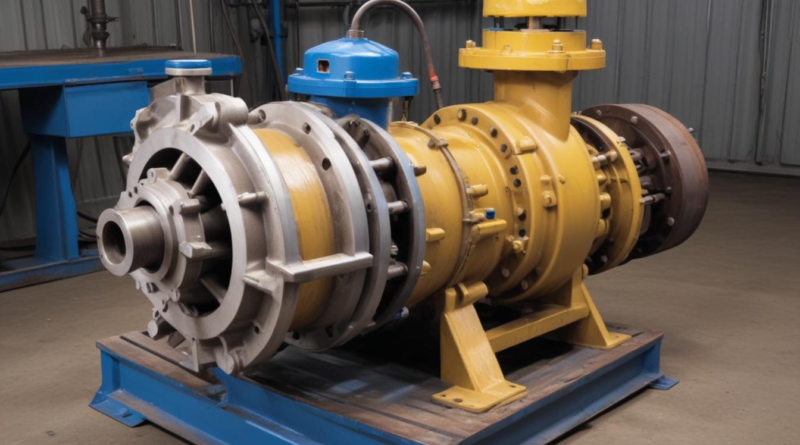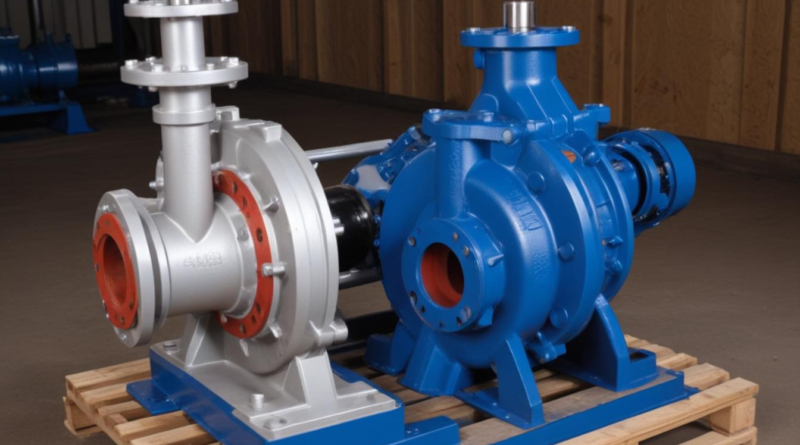how to diagnose pump cavitation
Pump cavitation disrupts fluid systems by forming and collapsing vapor-filled cavities, leading to mechanical damage and decreased efficiency. Key factors include inadequate suction head, high pump speeds, temperature variations, and flow restrictions. Understanding these contributors is essential for diagnosing issues and implementing solutions that enhance pump reliability and extend system longevity.
Read More


